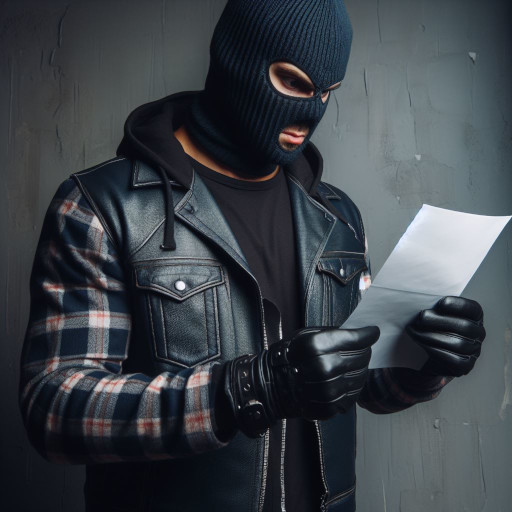Financial institutions and other entities often use bank statements as a means of verifying income, serving as proof of earnings. Examples of situations, when you may be asked to provide bank statement include applying for a loan, seeking for apartment to rent, in some cases, even applying for a visa. In light of this, it's not surprising that a bank statement is one of the most commonly falsified documents.
What does fake bank statement mean?
It basically may mean two things:
- creating entirely fake bank statement from scratch, where everything in it is fabricated, from account number, through client name, and of course transactions and balance
- editing legitimate document, to alter balance (increase it to get higher credit score) , or transactions data (to remove certain transactions, alter certain details, like date or money amount, to present fictional transactions history).

How common is bank statement fraud?
While worthwhile data is not available, bank statement fraud is considered a significant issue globally. More specific data are accessible for selected countries.
For example according to CIFAS, fraud prevention service managing largest database of instances of fraud in UK, 1 in 13 Brits admitted to committing at least one form of first-party fraud in last year.
Faking financial documents is associated with 10% of all corporate fraud. Despite its relatively lower frequency, each occurrence leads to a median loss of $954,000, almost a million USD.
Almost half of all motor finance fraudulent transactions were associated with some fake documents. 5% of properties in UK has been rented based on fabricated or edited financial documents
How to recognize phony bank statement?
Edited documents can look normal to untrained human eye, but they leave technological track, that can be clearly say they have been modified. There are few methods that you can use to spot fake documents:
- manual comparison: having bank statement from a given bank that is confirmed legitimate, one can compare it with document that needs to be tested. You can look for differences in fonts, sizes of elements, logo, naming convention. Many commonly used editors may not even use the same font that banks use. Fabricated documents also tend to be of poorer quality (resolution) than the originals.
- design inconsistencies: official documents will usually have consistent font, font size, and design. Icons are usually aligned consistently along entire document. Any inconsistencies within a given document should rise a red flag.
- wrong numbers: starting from the initial balance, total of money out (withdrawals and paid fees) and money in (deposits and earned interests) should be equal the ending balance.
- too many round numbers: real life transactions very often contain decimals, while lazy fraudsters use round numbers a lot. So in real life pizza may costs 19.90 USD, but on fabricated bank statement it would be round 20 USD. Obviously single transactions with round numbers are normal, but if on a bank statement most of them are like this, this may mean document has been fabricated.
- metadata: if document was edited, it can be visible in it’s metadata. These will usually include author, date created, date modified, and others. Obviously date modified will be clear sign you’re seeing edited document.
- software: there are software solutions that are specialized in recognizing fake documents. By reading metadata, detecting anomalies and tracks of editing software, they can achieve higher accuracy in fake bank statement detection than human eye.
In summary, fake bank statements can be detected, if not by human, then by specialized software. Financial institutions do check for bank statements accuracy, and providing fake bank statement can lead to legal consequences.
